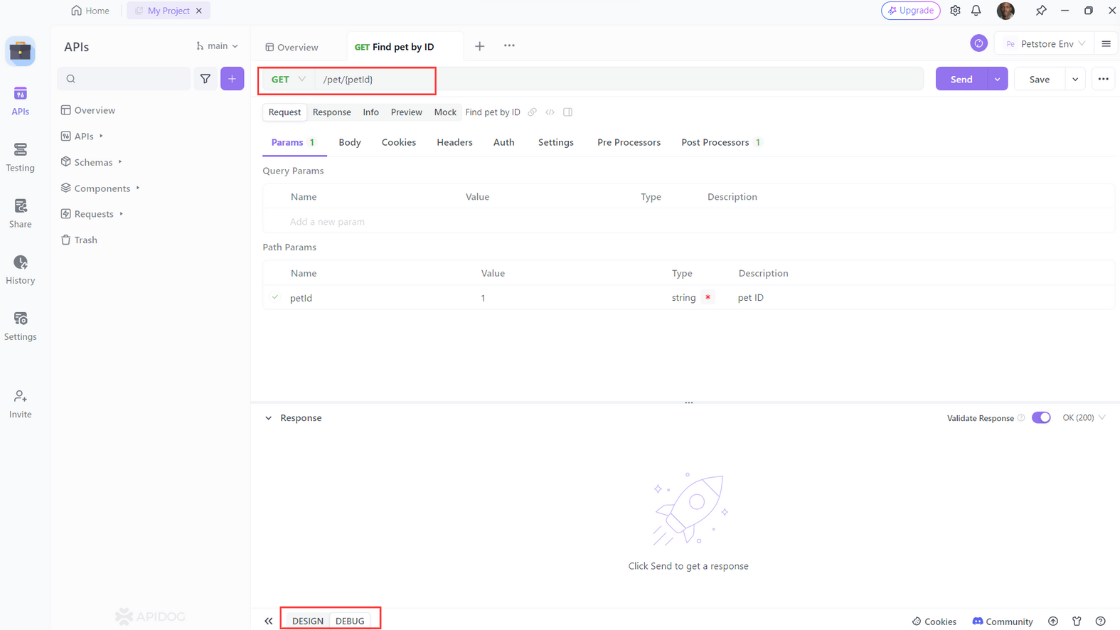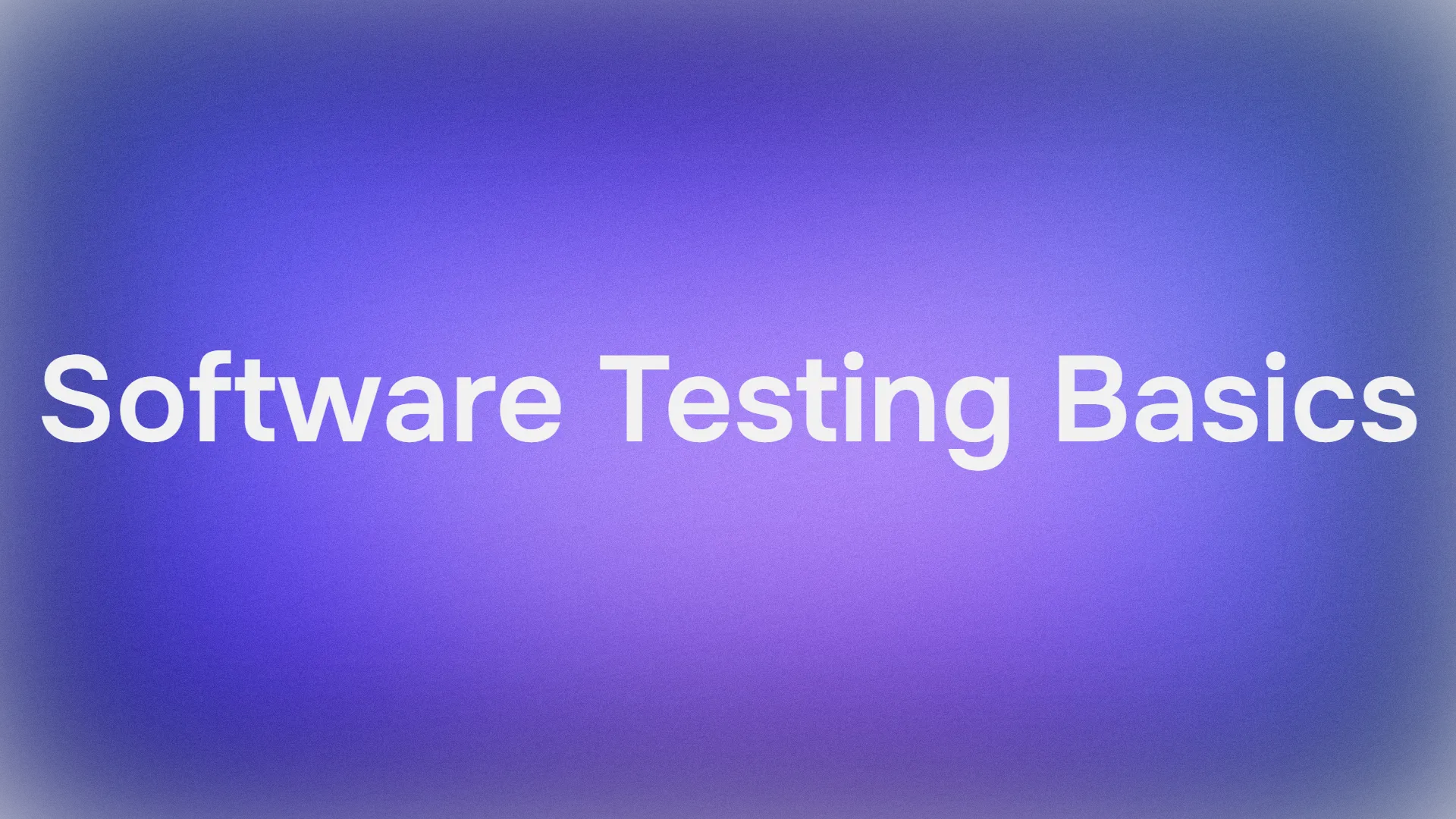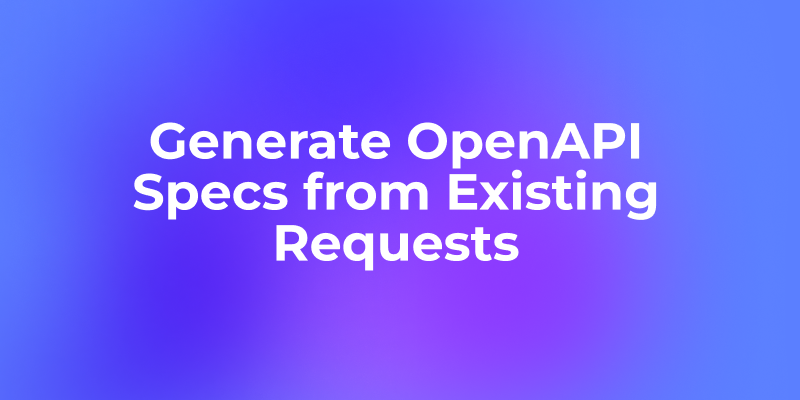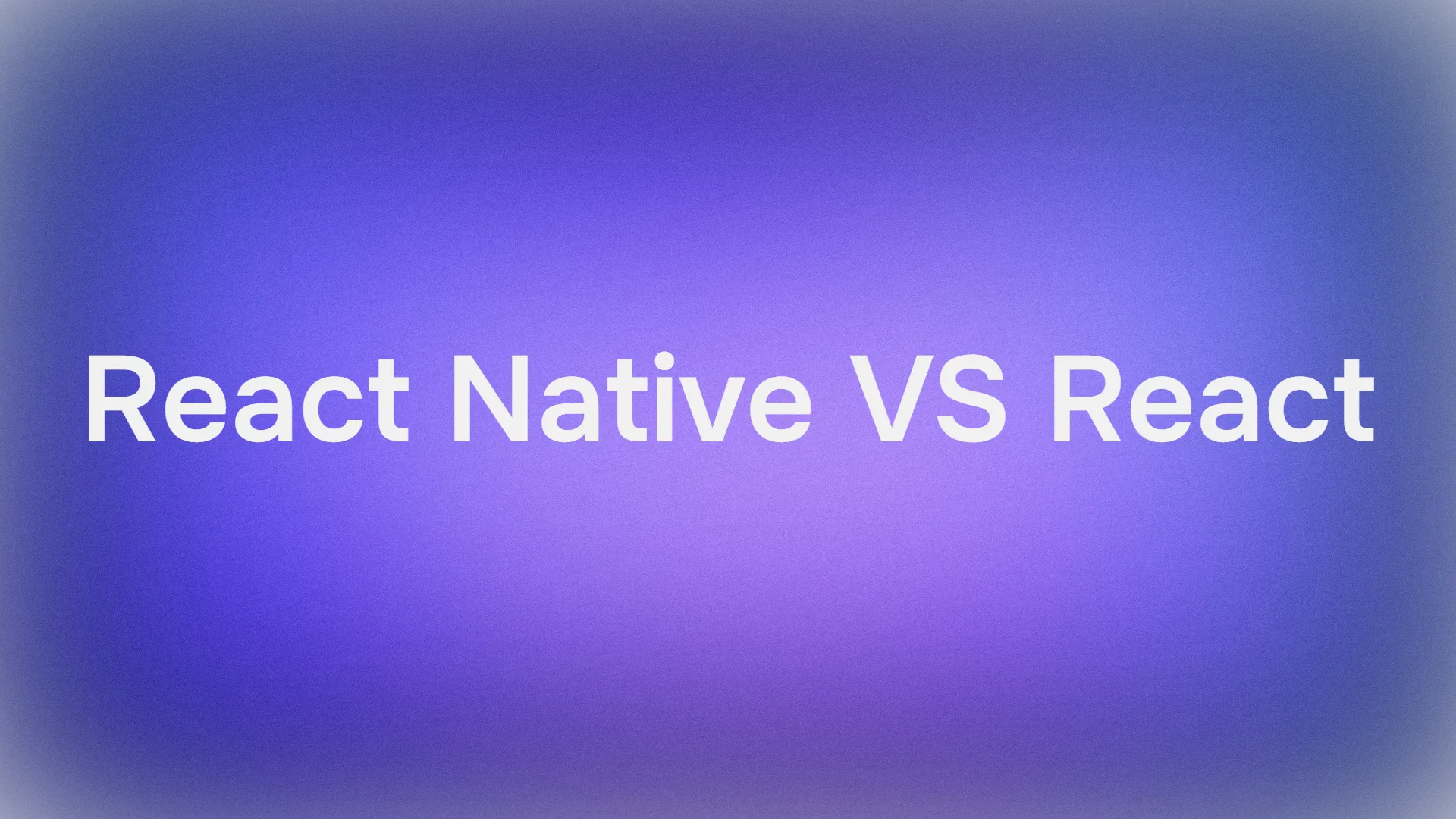Welcome, tech enthusiasts and fellow developers! If you're here, you’re likely intrigued by the world of APIs and how API code generation tools can streamline your development process. Let’s dive into this fascinating subject and explore how tools like Apidog can revolutionize the way you work with APIs.
What Are API Code Generation Tools?
Before we jump into the nitty-gritty, let’s start with the basics. API code generation tools are software applications designed to automate the creation of API code. This means they can take a high-level API specification (like an OpenAPI or Swagger file) and generate client libraries, server stubs, API documentation, and even test cases. In simple terms, these tools take care of the boilerplate code, allowing developers to focus on the unique aspects of their applications.
But why should you care about these tools? Let’s uncover the magic behind them.
The Magic Behind API Code Generation
When you’re building an API, there’s a lot of repetitive work involved. Writing code for endpoints, data models, serialization, deserialization, and error handling can be time-consuming and error-prone. API code generation tools automate these tasks, ensuring consistency and saving you tons of time.
Imagine you have a new API to build. With a tool like Apidog, you can quickly generate the necessary codebase, giving you a solid foundation to build on. This means faster development cycles and fewer bugs. Sounds great, right?
Why Use API Code Generation Tools?
Here’s why you should consider incorporating API code generation tools into your workflow:
Efficiency: These tools significantly reduce the amount of manual coding required. This not only speeds up development but also allows you to focus on the logic and functionality that make your API unique.
Consistency: Automatically generated code is consistent across different parts of your project. This uniformity is crucial for maintaining high code quality and ensuring that all team members are on the same page.
Reduced Errors: Manually writing boilerplate code can lead to human errors. By automating this process, you minimize the risk of mistakes and improve the reliability of your API.
Up-to-date Documentation: Many API code generation tools also generate API documentation. This ensures that your documentation is always in sync with your code, making it easier for developers to understand and use your API.
Test Automation: Some tools can generate test cases for your API, making it easier to ensure that your endpoints work as expected and reducing the time spent on manual testing.
Exploring Apidog: A Leading API Code Generation Tool
Now, let’s shine the spotlight on one of the top players in the field: Apidog. Apidog is an all-in-one API development platform that simplifies the creation, testing, and management of APIs. It's designed to help developers generate high-quality API code quickly and efficiently.
Key Features of Apidog

Comprehensive Code Generation: Apidog supports a wide range of languages and frameworks, allowing you to generate client libraries and server stubs that fit your stack.
Integrated Testing: With Apidog, you can automatically generate test cases for your API endpoints. This ensures your API behaves as expected and reduces the need for extensive manual testing.
Seamless Documentation: Apidog automatically generates detailed API documentation. This documentation is always up-to-date, making it easier for developers to understand and use your API.
Collaboration Tools: Apidog offers collaboration features that allow teams to work together on API design, development, and testing. This is particularly useful for large teams or projects with multiple stakeholders.
User-Friendly Interface: The platform is designed to be intuitive and easy to use, even for developers who are new to API development.
How to Get Started with Apidog
Getting started with Apidog is a breeze. Here’s a step-by-step guide to help you begin:
Open Apidog and select new request

Define Your API: Use Apidog’s intuitive interface to define your API endpoints, data models, and other specifications. You can import existing API definitions if you have them.

Generate Code: With your API defined, use Apidog’s code generation tools to create client libraries, server stubs, and other necessary code. You can choose from a variety of languages and frameworks. Select "Generate client code " to generate your code.

Copy the generated Axios code and paste it into your project.

Real-World Applications of API Code Generation Tools
To give you a better idea of how these tools can be used, let’s explore some real-world applications:
1. Startups and Small Businesses
For startups and small businesses, speed and efficiency are crucial. API code generation tools can help these companies quickly develop and deploy APIs, allowing them to bring their products to market faster. This can be a significant competitive advantage.
2. Large Enterprises
In large enterprises, consistency and collaboration are key. API code generation tools ensure that all APIs adhere to the same standards and practices, making it easier for different teams to work together. This is particularly important in organizations with complex, multi-team projects.
3. Freelance Developers
Freelance developers often work on multiple projects simultaneously. API code generation tools can help them manage their workload by automating repetitive tasks and ensuring that their APIs are of high quality. This can lead to more satisfied clients and more successful projects.
Common Challenges and How to Overcome Them
While API code generation tools offer many benefits, they also come with their own set of challenges. Here are some common issues and how to overcome them:
1. Learning Curve
Like any new tool, there’s a learning curve associated with API code generation tools. To overcome this, take advantage of tutorials, documentation, and community forums. Apidog, for example, offers extensive resources to help you get started.
2. Customization
Automatically generated code may not always meet your specific needs. In such cases, you may need to customize the generated code. Choose a tool that offers flexibility and allows for easy customization.
3. Integration
Integrating API code generation tools into your existing workflow can be challenging. Look for tools that offer integrations with popular development environments, version control systems, and CI/CD pipelines. Apidog, for instance, integrates seamlessly with many popular tools.
The Future of API Code Generation
The future of API code generation looks bright. As technology advances, these tools are becoming more sophisticated, offering greater customization, better integration, and more powerful features. We can expect to see even more automation, reducing the manual effort required to build, test, and maintain APIs.
Conclusion: Embrace the Power of API Code Generation
In conclusion, API code generation tools are a game-changer for developers. They save time, reduce errors, and ensure consistency, making the development process more efficient and enjoyable. Tools like Apidog take this a step further by offering comprehensive features that cover the entire API lifecycle, from design to testing to documentation.
So, why not give Apidog a try? Download Apidog for free today and experience the benefits of streamlined API development firsthand.



